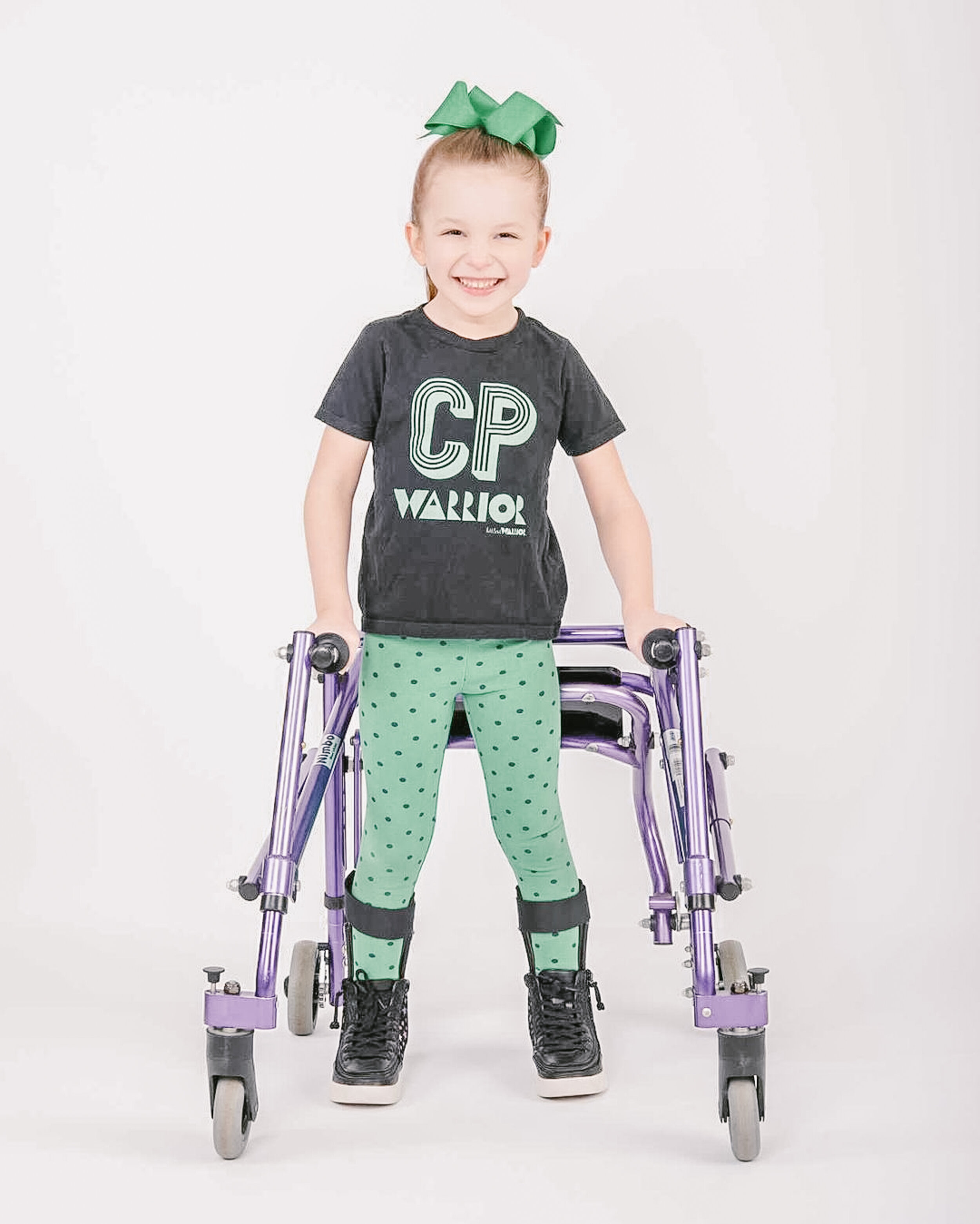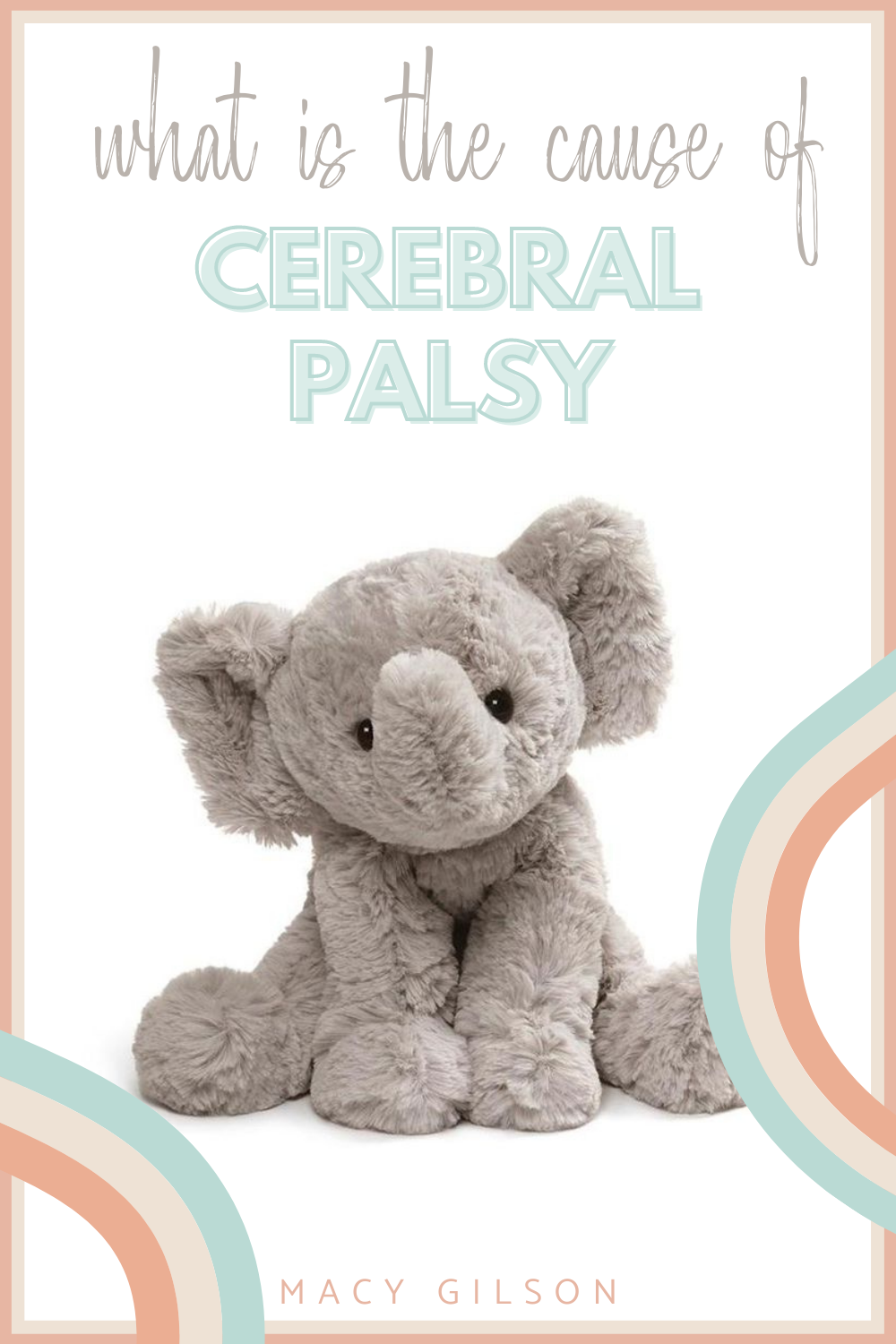This new world can seem daunting and overwhelming and quite frankly, scary! I see you, I hear you, and I’ve got just the thing to help you navigate your new reality. Download my FREE guide: 5 Things to do After Your Child’s Diagnosis, full of easy to follow action steps to help you guide you on your journey. Click here to download instantly!
Have you just heard the words “cerebral palsy” for the first time in your life? Or have you heard it before but you’re not quite sure what it means and how it will affect your baby? Well, you’ve come to the right place, so just keep reading!
This post may contain affiliate links. For more information, you can read my disclosure statement here.
Overview of Cerebral Palsy
Cerebral, meaning having to do with the brain, and palsy, meaning weakness or difficulty using muscles, actually refers to a group of disorders, not one specific disorder. Cerebral palsy as a whole refers to a disorder of movement and motor control due to damage to the developing brain.
Contrary to popular belief, cerebral palsy, or CP as it is commonly referred, is not hereditary, meaning you or your partner cannot “pass” it on. CP is not the result of a genetic disorder and just because you have one child with CP, doesn’t mean your next child(ren) will have CP. Cerebral palsy is not contractable, meaning someone with CP can’t “give” it someone else, nor can you “get” CP from someone else.
It is important to know that not all CP cases are the same and the characteristics can vary greatly. Remember, CP refers to a group of disorders, not one specific disorder. In fact, there are four different types of CP:
Types of Cerebral Palsy
Spastic Cerebral Palsy - this is the most common type of cerebral palsy and affects up to 70% of people with CP. Spastic CP is caused by damage to the motor cortex of the brain, as well as the pyramidal tracts and is characterized by increased muscle tone, meaning people with Spastic CP have stiff joints, tight muscles, and jerky movements.
Dyskinetic Cerebral Palsy - this is sometimes called Athetoid CP and affects about 13% of people with CP. Dyskinetic CP is caused by damage to the basal ganglia, which is responsible for coordinating and controlling movement and is characterized by varying muscle tone (sometimes too stiff, sometimes too loose), as well as uncontrollable movements.
Ataxic Cerebral Palsy - this is the least common type of cerebral palsy and affects less than 5% of people with CP. Ataxic CP is caused by damage to the cerebellum, which is responsible for balance, coordination, and posture.
Mixed Cerebral Palsy - this is a combination of at least two types of CP and affects about 10% of people with CP. People with Mixed CP do not display characteristics of any one type, but rather a range of symptoms from static, dyskinetic or ataxic CP.
What Causes Cerebral Palsy?
Cerebral palsy occurs when the developing brain is damaged. Over 90% of CP cases are congenital, meaning the brain was damaged in utero, during birth, or within the first 28 days of life. Examples of congenital CP include:
detached placenta - resulting in a lack of nutrients and oxygen to the baby, often causing early delivery
anoxia - lack of oxygen to the baby’s brain, can be during pregnancy, during birth, or shortly after
infection during pregnancy - such as chicken pox or cytomegalovirus
umbilical cord problems - usually during late pregnancy and birth, such as the cord around the neck
Less than 10% of CP cases are acquired, meaning the brain was damaged in the first few years of life, before the brain had finished developing. Examples of acquired CP include:
meningitis
encephalitis
TBI, stroke or brain bleed
Treatment for Cerebral Palsy
Cerebral palsy is not progressive, meaning it does not get worse over time. In fact, symptoms can be managed with early intervention and therapies, such as physical, occupational and speech. Cerebral palsy is chronic and cannot be “cured;” however people with CP can live a full and accomplished life with the right medical and therapeutic intervention. You can find more information about CP here!
Meet Some Kids with Cerebral Palsy
Don’t forget to download my FREE guide: 5 Things to do After Your Child’s Diagnosis. I designed this to help you navigate the unknowns that come with a new diagnosis, as well as provide support and extra resources. Click here to download now!
I know the world of disability education is overwhelming, but as you begin to navigate through your journey, I hope you feel more equipped and better understanding about what the cause of cerebral palsy is, what the treatment options are and what life with cerebral palsy may look like for your family.









